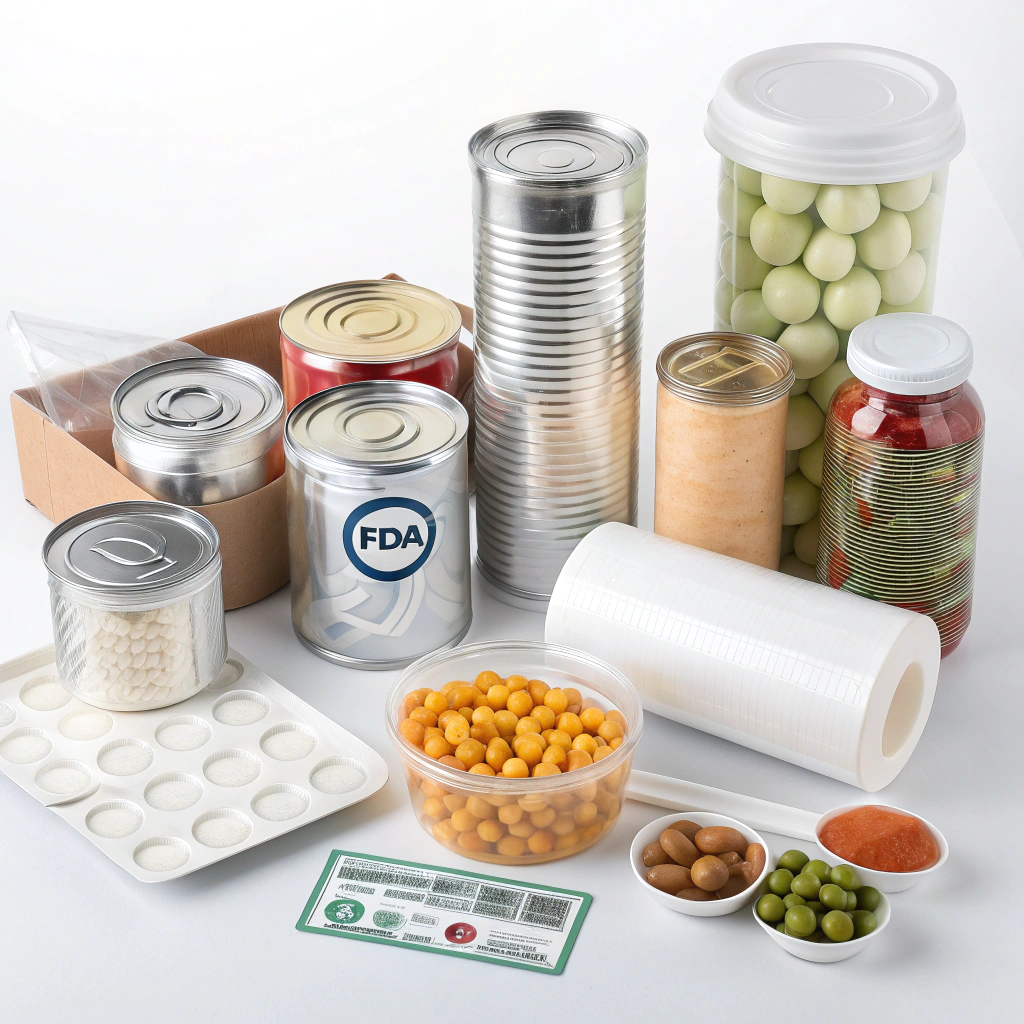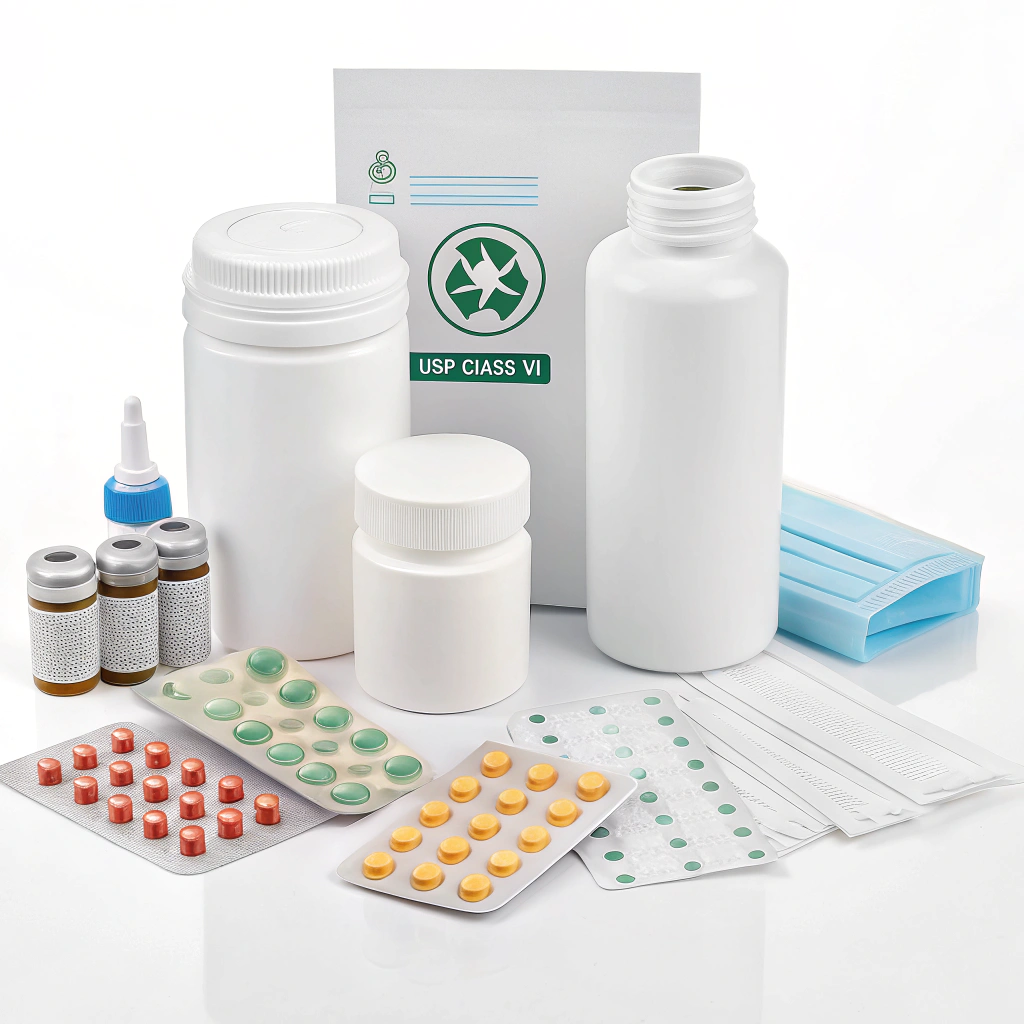The Complete Guide to Choosing the Right Packaging Materials for Your Industry
Selecting appropriate packaging materials can make or break your product’s success in the marketplace. With over 15 different material categories and countless specialized options, the decision requires strategic analysis of industry requirements, regulatory compliance, and cost optimization. The wrong choice can result in damaged products, regulatory violations, and significant financial losses.
Understanding how material properties align with industry-specific demands enables businesses to make informed decisions that protect products while optimizing costs and meeting customer expectations.
Food and Beverage Industry Requirements
Food packaging demands materials that maintain product safety while extending shelf life. FDA-approved materials with barrier properties prevent contamination and preserve freshness. Aluminum provides excellent oxygen and moisture barriers for beverages, while multilayer films offer customizable protection levels for different food categories.

Food packaging materials must meet FDA standards while providing barrier properties for freshness and safety compliance.
Temperature-resistant materials handle hot-fill processes and frozen storage requirements. Glass containers offer chemical inertness for premium products, while specialized plastics provide lightweight alternatives with comparable protection. Antimicrobial coatings and active packaging technologies actively preserve food quality throughout distribution cycles.
Sustainability concerns drive adoption of compostable films and recycled content materials that meet food safety standards while reducing environmental impact.
Pharmaceutical and Medical Device Standards
Pharmaceutical packaging requires materials that meet stringent USP Class VI and ISO 10993 biocompatibility standards. Child-resistant closures, tamper-evident seals, and moisture protection systems ensure product integrity and consumer safety. High-barrier films prevent oxygen and moisture ingress that could degrade active pharmaceutical ingredients.
Serialization requirements demand packaging materials compatible with printing technologies that produce high-contrast codes for track-and-trace systems. Temperature-controlled shipping requires insulated packaging systems with validated thermal performance data.

Pharmaceutical packaging requires USP Class VI materials with child-resistance, tamper-evidence, and sterility maintenance capabilities.
Sterile medical devices need packaging that maintains sterility while allowing sterilization processes like gamma radiation or ethylene oxide exposure. Tyvek and medical-grade papers provide microbial barriers while enabling sterilant penetration.
Electronics and Technology Protection
Electronic components require packaging materials with anti-static properties to prevent electrostatic discharge damage. Conductive and static-dissipative materials safely channel electrical charges away from sensitive circuits. Moisture-sensitive devices need desiccant packaging systems that maintain low humidity levels throughout storage and shipping.
Shock-absorbing materials protect fragile components from impact damage during transportation. Engineered foams, air cushions, and custom-molded inserts provide precise protection tailored to specific product geometries.
Cosmetics and Personal Care Considerations
Cosmetic packaging materials must resist chemical interaction with product formulations while maintaining aesthetic appeal. UV-resistant materials prevent photodegradation of light-sensitive ingredients. Airless packaging systems protect oxidation-prone formulations while ensuring complete product dispensing.

Cosmetic packaging combines chemical compatibility with premium aesthetics to protect formulations while conveying luxury positioning.
Luxury positioning demands premium materials like thick-wall glass, metal components, and soft-touch coatings that convey quality through tactile experience. Sustainable options include post-consumer recycled plastics and refillable systems that align with eco-conscious consumer preferences.
Chemical and Industrial Applications
Chemical packaging requires materials with specific chemical resistance properties matched to product compatibility. HDPE provides excellent chemical resistance for many applications, while specialized fluoropolymers handle aggressive chemicals that attack conventional materials.
UN specification packaging meets international regulations for hazardous material transportation. These certified systems undergo rigorous testing to ensure performance under extreme conditions.
Cost-Performance Optimization Strategies
Material selection involves balancing performance requirements with cost constraints. Value engineering approaches identify the minimum performance specifications needed while avoiding over-specification that increases costs unnecessarily. Volume considerations affect material pricing, with larger quantities enabling access to premium materials at competitive prices.
Life cycle cost analysis considers material costs, processing expenses, transportation efficiency, and end-of-life disposal costs. Lightweight materials reduce shipping expenses while maintaining protection performance.
Regulatory Compliance and Testing
Each industry maintains specific regulatory requirements that dictate acceptable materials and testing protocols. FDA regulations govern food contact materials, while ASTM standards define testing methods for packaging performance. International shipping requires materials that comply with ISTA testing protocols for distribution hazards.
Documentation requirements include certificates of compliance, migration testing data, and performance validation reports. Maintaining current regulatory knowledge ensures material selections remain compliant as regulations evolve.
Successful packaging material selection requires comprehensive analysis of industry requirements, regulatory compliance, performance specifications, and cost optimization to create solutions that protect products while delivering business value.
At Imperial Paper, we help businesses of all sizes design packaging that protects, performs, and delights. From sturdy shipping boxes to branded unboxing experiences, we’ve got you covered.
📞 Talk to our team or explore our eco-friendly, customizable packaging solutions today.
Need smaller quantities or more personalized packaging options? Visit our partner site BestBoxStore.com—perfect for boutique brands, creative campaigns, and custom low-volume orders.

